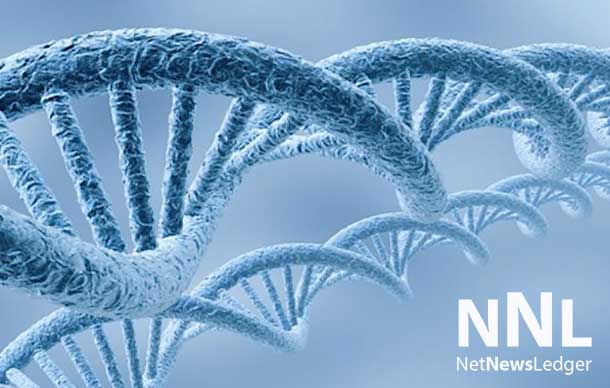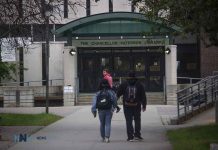
Transformative Moments in Medical History
THUNDER BAY – Health – Medical research is changing our world. Discoveries and research at the leading edge of technology are making an impact on the lives of many countless numbers of people.
Thunder Bay through the Thunder Bay Regional Research Institute is making an impact in this area, and results of the local research are helping boost the local economy.
Some of the changes in the research in our region are changing how Thunder Bay is viewed by many.
The research is leading edge, and making a huge difference in how things are being done.
“This is a transformative moment in the history of medicine as we begin to integrate genome sequencing into the care of patients,” said Robert C. Green, MD, MPH, co-author and a medical geneticist and co-director of the Personal Genomics Consultation Service at Brigham and Women’s Hospital (BWH), a clinical service for personalized genomic care. “While our focus in this article is on the use of sequencing in cases where diagnosis is difficult, the sequence is just the beginning. We can expect these technologies to help us transition our entire approach in medicine to more personalized and preventive care.”
Clinical genome and exome sequencing (CGES) was once deemed exotic, but is increasingly being used by clinical geneticists and other specialists to diagnose rare, clinically unrecognizable, or puzzling disorders that are suspected to be genetic in origin. Several thousand CGES tests across the country have already been ordered for patients and thousands more are expected in coming years. CGES is quickly moving from research laboratories into clinical medical practice, across all specialties.
A review article titled, “Diagnostic Clinical Genome and Exome Sequencing” published today in the June 19 issue of The New England Journal of Medicine (NEJM), summarizes the technologies underlying CGES and offers insights for how clinicians should order such testing, interpret the results, and communicate the results to their patients.
“The technologies that were used for the Human Genome Project are now distilled down to practical tools that clinicians can use to diagnose and, hopefully, treat diseases in patients that they couldn’t treat before said Leslie G. Biesecker, MD, of the National Human Genome Research Institute. “It’s come much faster and developed more quickly and become more useful clinically than I think any reasonable person would have suggested just 10 years ago. At that time, I don’t think anybody would have taken you seriously if you had said that in 2014, tens of thousands of patients would be getting clinical genome and exome sequencing.”
The authors agree that physicians must understand that exome sequencing can’t answer all questions and isn’t appropriate for all patients. The purpose of their article is to outline what physicians need to know in order to use it properly. For example:
- While these technologies are sometimes referred to as whole-genome or whole-exome sequencing, they don’t cover 100 percent of the genome or exome. Because of the way the target DNA sequences are gathered and assembled, not all of the DNA can be sequenced and the technique is best at detecting single-nucleotide variants, or alterations in sequences of no more than 8-10 base pairs. It may not pick up longer variations or repetitions of sequences, or long deletions that are responsible for some genetic disorders.
- Patients for whom the technology is most promising are those with rare disorders that seem to be the result of variants in a single gene. Physicians should explore family history—the presence and pattern of similar disorders among relatives—and should carry out an extensive literature search before ordering exome sequencing. Informed consent is essential.
- Exome sequencing may not provide a diagnosis. On average, about 25 percent of such tests identify a gene variant that causes disease; most come up empty. Because of the technology’s gaps, however, a negative result doesn’t necessarily rule out a genetic cause for the disease.
- Most of the time, identifying a genetic cause won’t lead to a cure. Even in these cases, exome sequencing may still be useful because it can end an expensive, potentially invasive and stressful, diagnostic odyssey.
- Analysis of the results may produce incidental findings—discovery of a gene variant that is unrelated to the patient’s primary disorder but that could cause disease and require medical surveillance or treatment for a separate condition.
- Counseling patients and their families about what to expect is essential, but challenging because the patient may be disappointed with an inconclusive outcome of such an extensive and expensive test.
Some of the lessons learned in this article are the result of insights gained from research in genomic medicine taking place at BWH, such as the NIH-funded MedSeq Project, led by Green. Green also co-directs with Alan H. Beggs, PhD the NIH-funded BabySeq Project, to be conducted jointly at BWH and Boston Children’s Hospital (BCH). The MedSeq and BabySeq Projects are the first large-scale randomized trials of sequencing in adults and newborn infants and are helping to determine the full spectrum of benefits and risks associated with genome sequencing.





